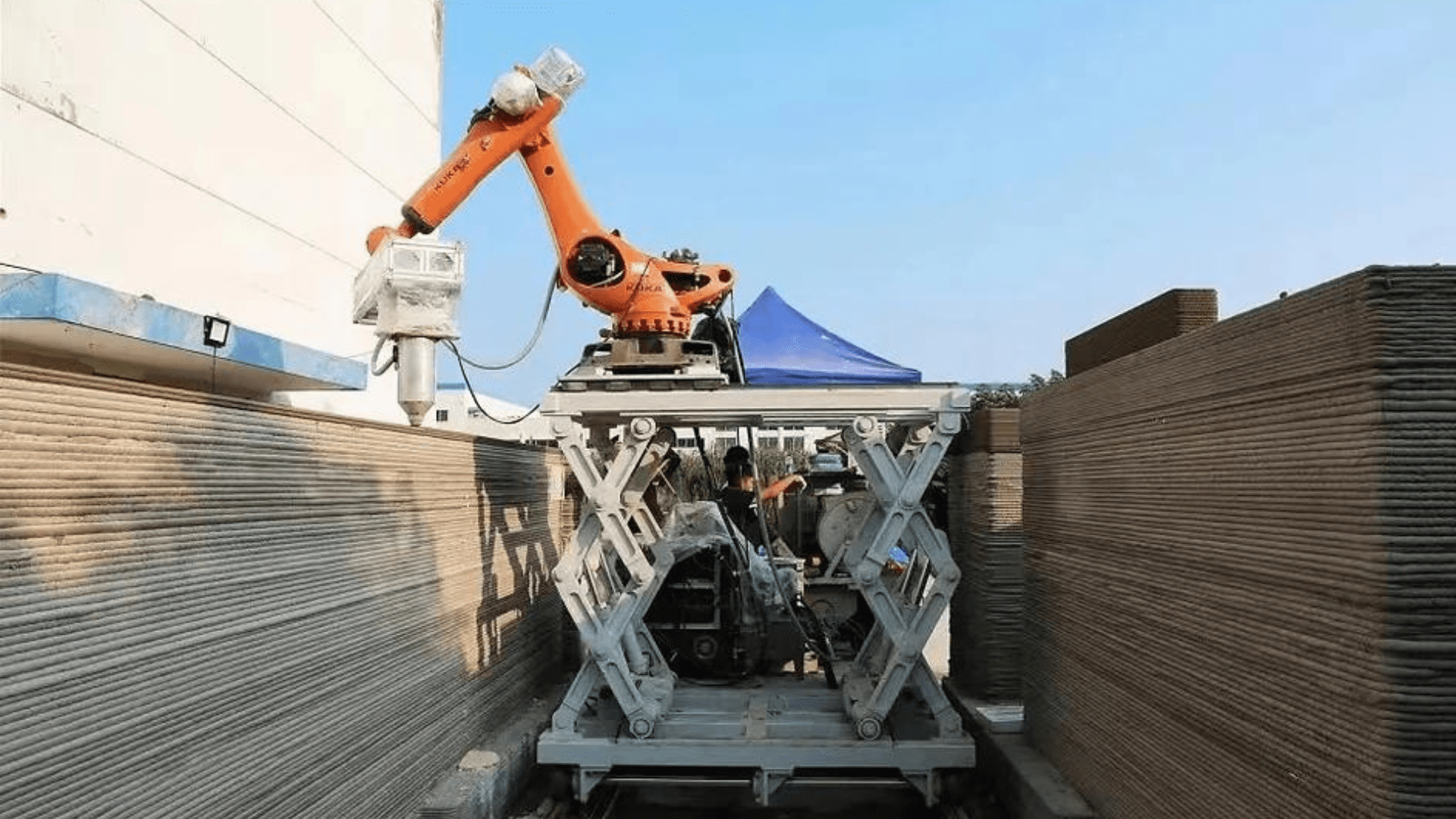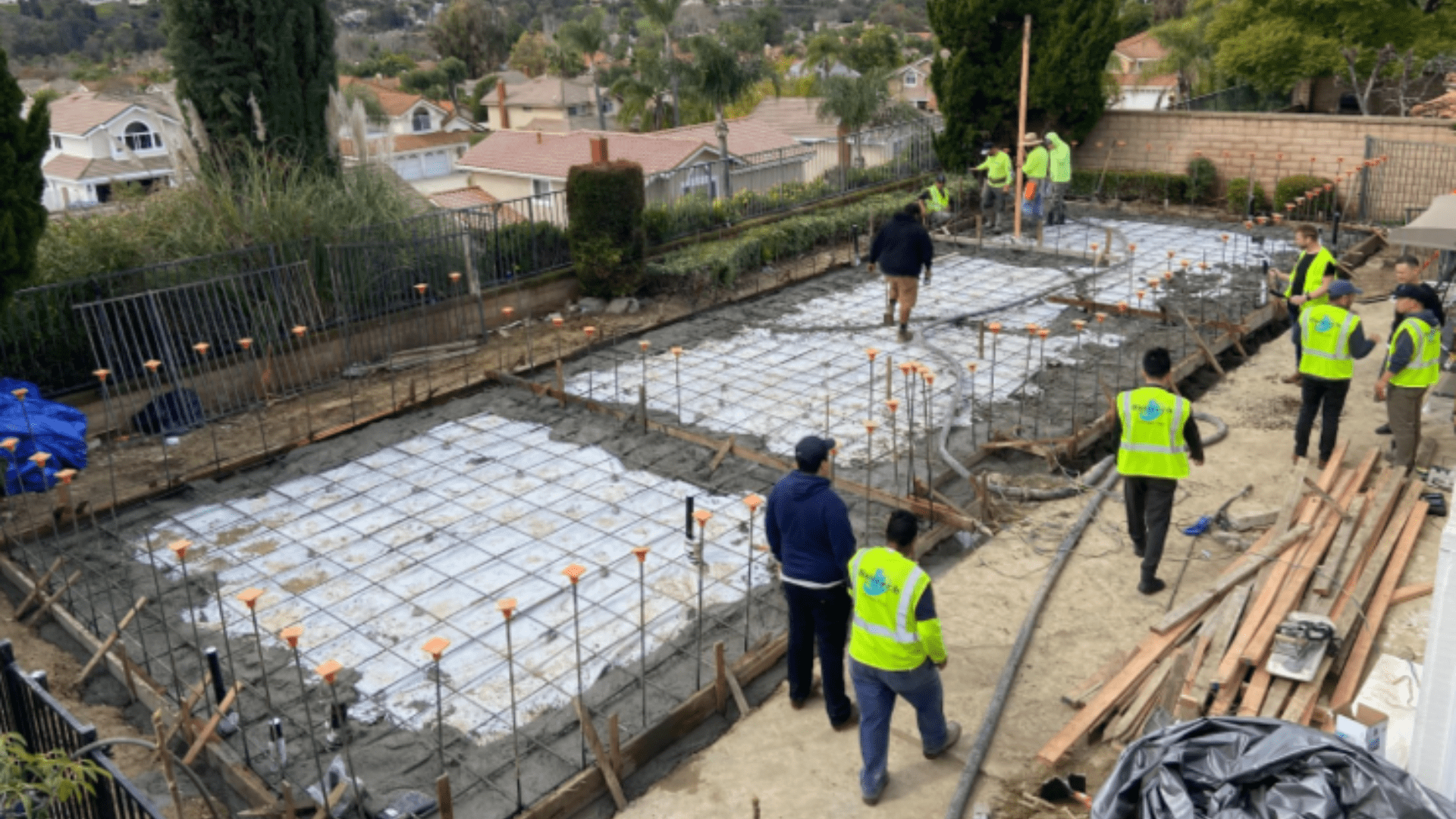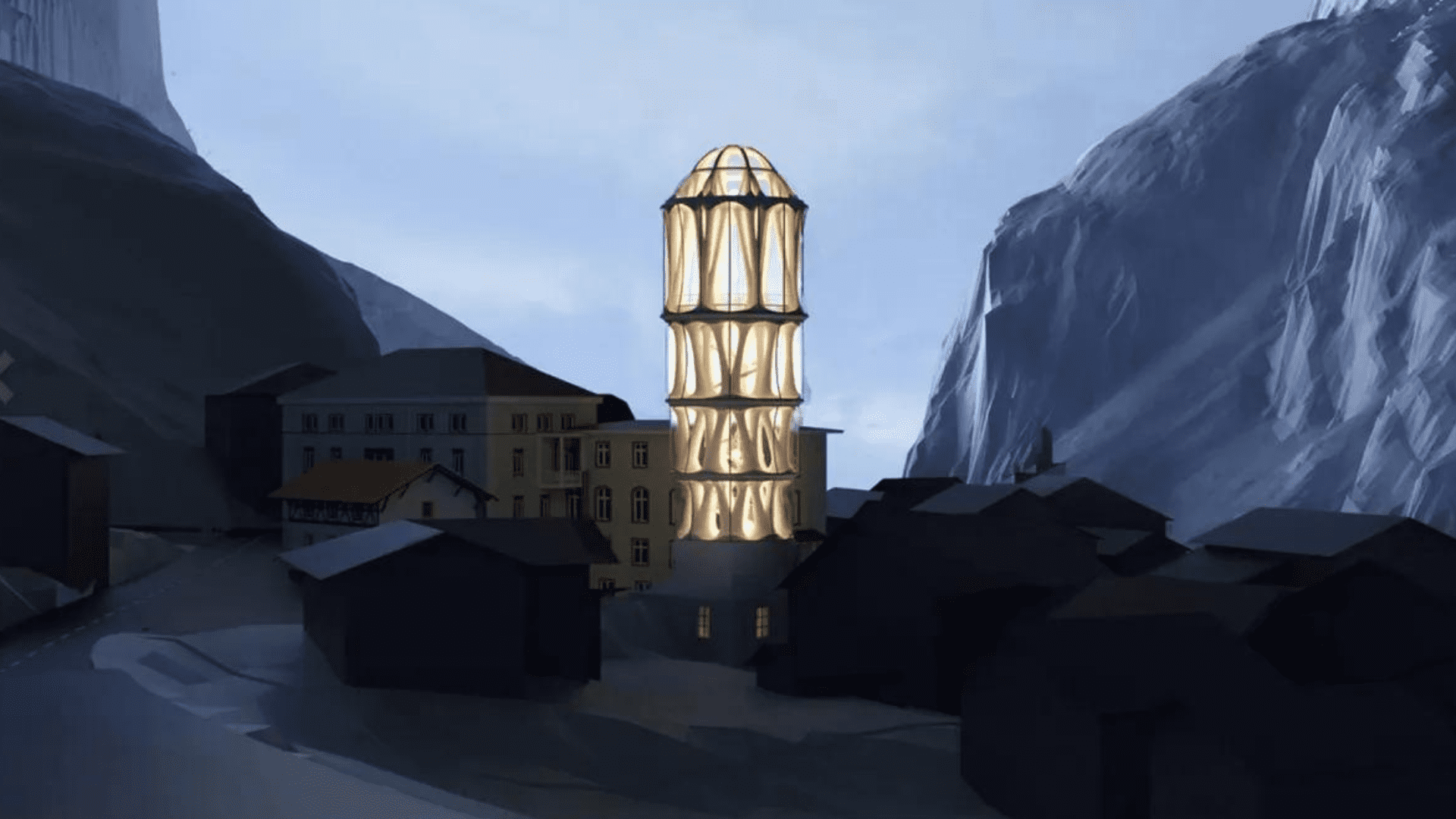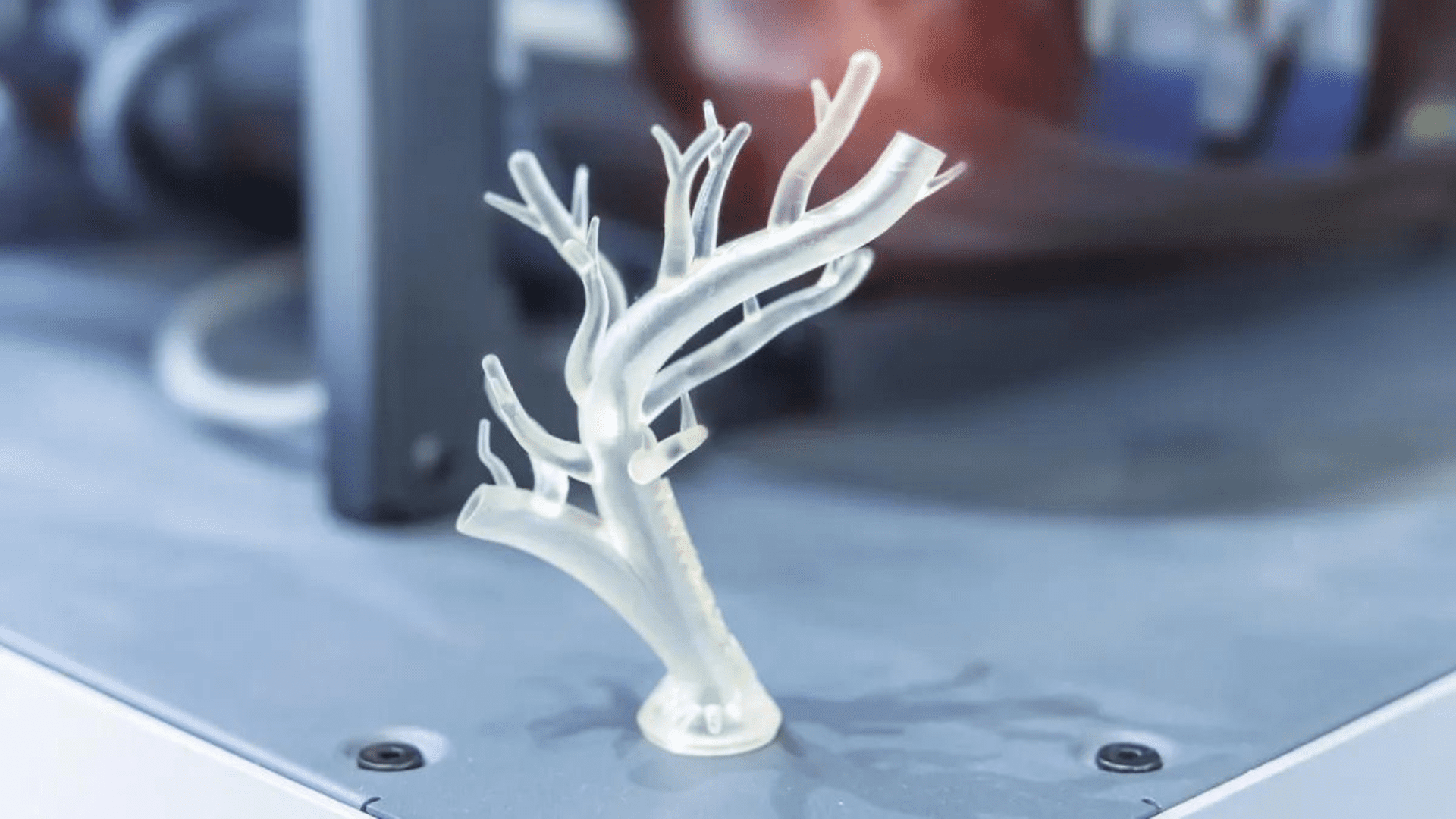Between 2022 and 2023, wildfires caused over $3.2 billion worth of damages across the United States. Because of longer drought periods, many people in California are very familiar with wildfire damage. One company’s advanced technology hopes to reduce this type of damage.
Fire-Resistant, 3D-Printed Concrete
In the city of Walnut, California, construction companies broke ground on a fire-resistant, 3D-printed concrete accessory dwelling unit (ADU). The structure is 1200 sqft with two bedrooms and 2.5 bathrooms. An ADU is a secondary housing unit on a residential lot. RIC Technology is collaborating with construction companies to 3D-print the concrete walls. They do this on-site with their robotic 3D printer.

On February 10, construction crews broke ground and will next begin to install plumbing and sewage systems. Once the foundation is ready, RIC Technology will print the concrete walls. They are scheduled to start printing between March 10 and March 30. They expect this process to take 20 days. The device is capable of printing on-site which is a breakthrough for this kind of technology. RIC’s founder and CEO Ziyou Xu said, “Our compact modular robotic 3D printer overcomes conventional gantry systems’ limitations, enabling 3D construction on site, in confined spaces such as people’s backyards.”
Explore Tomorrow's World from your inbox
Get the latest innovations shaping tomorrow’s world delivered to your inbox!
I understand that by providing my email address, I agree to receive emails from Tomorrow's World Today. I understand that I may opt out of receiving such communications at any time.
The most noticeable feature of the ADU is the non-combustible and fire-resistant walls. Xu explains that this project is the start of something bigger. He said, “This project can be the beginning of something meaningful – a wider application of 3D printed homes that are less susceptible to fires.”

No Fuel For Fire
The main focus in designing the 3D-printed fire-resistant walls is eliminating “fuel” for a fire by eliminating specific materials used for the building’s walls and roof.
Unlike other 3D-printed homes, this one doesn’t use a wooden roof. Instead, the roof is made of steel and sure-board. Aaron Liu is the CEO of Builtech Construction Group, the company leading the plumbing installation. He said, “The ADU will be built without a single piece of wood or nail – no ‘fuel’ on the main structure.”
Wildfire Destruction
During a wildfire, most homes are destroyed because of embers and minor flames. Therefore, if you create a structure that is resistant to these elements, then the chances of the home surviving increase. Enhancing resilience during a fire ensures safety for the homeowners and also speeds up the post-wildfire recovery. Xu said, “It significantly saves time and money in the recovery process if residents’ homes survive a wildfire.”






